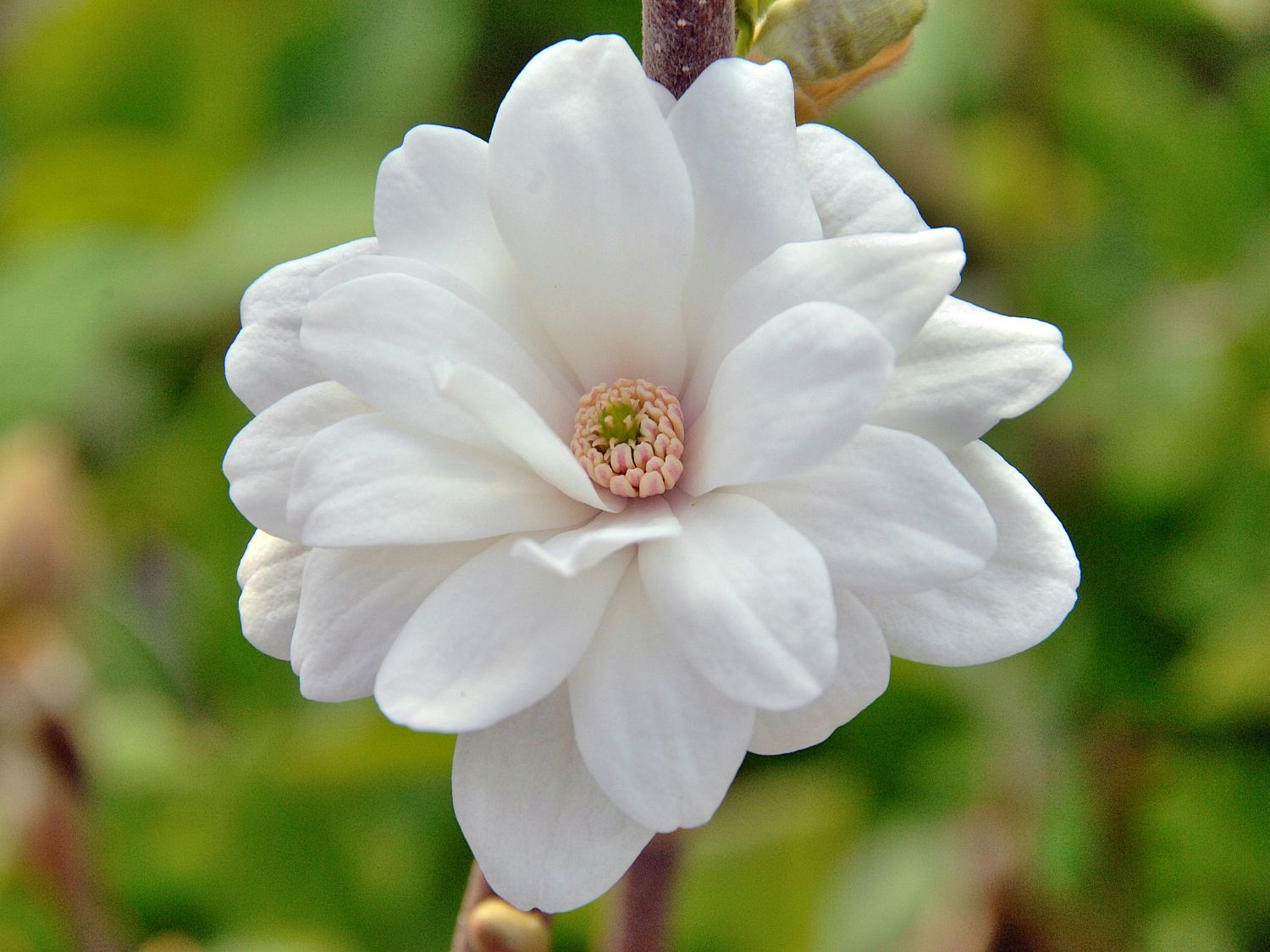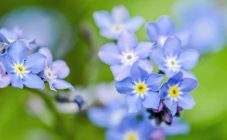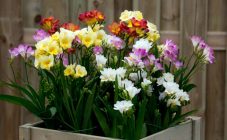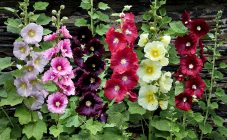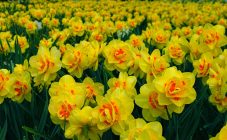Content:
Astrantia is a perennial herb that belongs to the Umbrella family. Most often it can be found in Asia Minor, the foothills of the Caucasus and in Europe.
Currently, experts have not yet been able to establish the exact origin of the name of astrantia, but still there is information that earlier this plant was called asterisk or stellate. The botanical description of the species was formed in the 16th century, at the same time many varieties of Astrantia were cultivated.
Astrantia is rightfully considered the main perennial of the garden. This status is explained by the fact that the flower has an outstanding appearance that resembles a star, as well as the brightness of the inflorescences and high resistance to diseases and pests.
Plants require a minimum of attention, while with their help you can create original and beautiful compositions that will make any home garden or backyard unique and inimitable.
Main characteristics
Astrantia is an abundantly flowering perennial that is distinguished by its spectacular appearance and ease of care.
The height of the plant, depending on the variety, can vary from 15 to 90 cm. The foliage of Astrantia is mainly palmate, but there are varieties with separate and lobed ones. The plant has a straight rhizome, long flowering, its shoots are weakly branching. Astrantia bush is slightly leafy, but spreading. The rhizome is quite powerful, but compact, the flowers are collected in numerous small inflorescences that outwardly resemble umbrellas. The petals of flowers are most often of a pale pink hue, but, depending on the variety, are still white, purple or red.
The main advantage of Astrantia is the long flowering period, which lasts from June until the first frost. Abundant flowering, for which the flower is appreciated by many growers. The fruit of the plant is represented by a two-seed. Astrantia flower has an interesting texture, therefore it can serve as a material for textured compositions.
Characteristics of species and varieties
The Astrantia family has about 40 species. In modern gardens and parks, two varieties of flowers are most often found: this is a large and large Astrantia. These two varieties are very similar in their characteristics.
Astrantia is large in height, reaching 80 cm. Its flowers are pale pastel colors, they begin to bloom in the middle of summer and continue to bloom for a month and a half. The peculiarity of this plant is that it does not require any maintenance at all. In turn, this variety is subdivided into the following varieties:
- Lars - flowers are distinguished by bright pink inflorescences that reach 75 cm in height.
- Moulin Rouge - flowers of purple-pink color, which eventually acquire a lilac-purple hue. The variety is considered very hardy. Astrantia of the Moulin Rouge variety reaches a height of 60 cm.
- Rosensimphonie - flowers are very large and beautiful, bright pink.
- Sunningglade Variagated - flowers of this variety reach 70 cm in height and are pale pink in color.
As for the large Astrantia, this plant is often found in the Caucasus. Begins to bloom in June. The flowers are small, pale pink, with a pleasant aroma. The main advantage of large Astrantia is that the plant has decorative large leaves, collected in a powerful rosette.
One of the most common products of Dutch breeders is the wine-red petal variety called Claret. Plants of the Astranian variety Claret reach a height of 50 cm and are distinguished by abundant flowering and palm-shaped leaves. Bloom from June to September.
Another widespread variety is the big pink astrantia. This original plant is distinguished by large flowers, a bright pink shade, which reach a height of about 80 cm and look great near water bodies and in mixborders. This variety blooms from July to October and is classified as a hardy plant.
Planting and leaving
All Astrantia are unpretentious plants that are unique, unpretentious and plastic. They can be grown on almost any soil, regardless of whether the crop is in the sun or in the shade. The only thing to consider is that it is not recommended to plant the plant in pure sandy soil, as well as in those places where the culture will be in direct sunlight all day.
The plant is resistant to pests and diseases, and also tolerates cold well. Another feature is that flowers can grow in one place for more than 12 years, while they will not lose their decorative effect. However, experienced growers recommend planting bushes every 6-7 years. The plant grows rapidly, within a few years after planting dense clumps are formed.
Reproduction of Astrantia most often occurs by seeds. At the same time, experts do not recommend giving preference to self-seeding, since such seedlings rarely retain varietal characteristics. The best option is to collect seeds or purchase and sow.
Sowing of the collected seeds can be carried out in the fall. In this case, in the spring, after the emergence of seedlings, it will be enough to simply thin them out.
You can also grow a plant through seedlings. For this, the sowing of seeds occurs in early spring in boxes. It is best to sow seeds in nutritious light soil, which, after planting the seeds, is covered with foil or glass and kept in a warm place where the temperature is maintained between 20 and 24 degrees. After the emergence of seedlings, it is not required to cover the plants; the boxes must be moved to a well-lit place. As soon as several weeks pass from the moment of germination, it is imperative to thin out the seedlings. Plants are split into individual pots as soon as the first pair of true leaf plates appear.
Plants are transplanted into open ground after they have fully adapted to new conditions. This mainly occurs in the last days of May or early June. There is nothing complicated in the process of planting these plants. The only thing that needs to be considered is that after planting, the crop should be at the same level as it grew in the pot. Also, a distance of at least 0.3 m must be kept between the bushes. When growing astrantia through seedlings, flowering begins after three years.
Astrantia can also be propagated by cuttings or cuttings, which are planted in wells prepared in advance in the flower garden.
Astrantia flowers do not require specific and close maintenance. If there is no abnormal heat in the summer, then the culture does not need any care at all. During drought or heat, the main condition for comfortable growth is systematic watering, after which it is recommended to loosen the surface of the site.
In order for the plant to become lush and symmetrical, you need to cut off all the inflorescences after the bush has faded for the first time. It will also help stimulate the growth of new flower arrows. It is recommended to feed the plants only once, in the spring, at the moment when the crop begins to grow. For feeding, it is better to use a complex mineral fertilizer in liquid form.If you plan to use dry fertilizer, then you must immediately water the plants.
Growing problems and pests
These flowering perennials, according to the descriptions, are practically not susceptible to diseases, and they are also not attacked by any pests. But, despite this, if you take care of the culture incorrectly, then its immunity can be significantly weakened.
Slugs can only eat their foliage. You can get rid of pests with a drug such as Thunder, or using the old method: sprinkle the plants with wood ash. After winter, it is imperative to pay close attention to young leaves, since these pests mainly appear during this period of time. To prevent fungal diseases from appearing, prolonged overflow should not be allowed.





